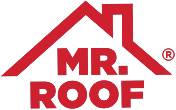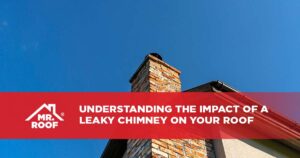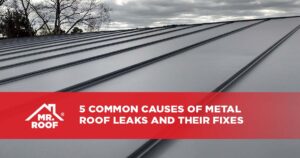Storms are a part of the natural world and we do what we can to mitigate their sometimes dramatic impact on our lives. That’s why we build houses with quality roofs, after all. However intense weather can cause ongoing damage and wear to a roof and the effects can be difficult to spot. Even if a storm had no drastic effects like trees falling on your house or windows getting shattered, the wind and precipitation can still cause hidden damage that will come back to haunt you over time.
The effects of subtle and gradual storm wear might not seem obvious at first. Damaged shingles can open the way for future rain water to seep down into the roof deck that can cause flooding, wood rot, and mold. As little as a half inch of ice accumulation on the roof can add five hundred pounds of weight across the surface area. Sitting ice can also create pools of standing water on the roof that can turn into leakage and shingle damage.
Whether you were visited by a tornado, hurricane, thunderstorm, snowstorm, or a particularly intense spring rain, it’s important to assess any possible home damage after the storm passes. Here’s our checklist to help you with your own home inspection.
How to Spot Damage
- Start from the inside and check the attic for any leaks or holes in the roof slats. Staining and spotting on ceilings might take a few hours to form but keep an eye out for these the rest of the day.
- Outside, walk around the house and check for debris on the ground. Shingles, granules, or roof wood is a sign that large damage exists up top. Do a visual check of the roof from the ground for any obvious rough spots.
- Gutters and other roof accessories are the next step in the process. While shingles may have survived without damage, severe denting in the gutters and roof vents may indicate larger unseen issues.
- If you have safe access to the roof itself, you’ll want to do a closer visual inspection of the shingles or roof plates for curling or cracking, particularly in the valleys and edges where the roof connects to the walls and chimney unit.
If anything seems out of place, it’s important to get a professional to come by for an inspection. Small damages can add up and cause gradual problems over time. It’s usually cheaper to get it taken care of early on than later when it’s a bigger problem.








